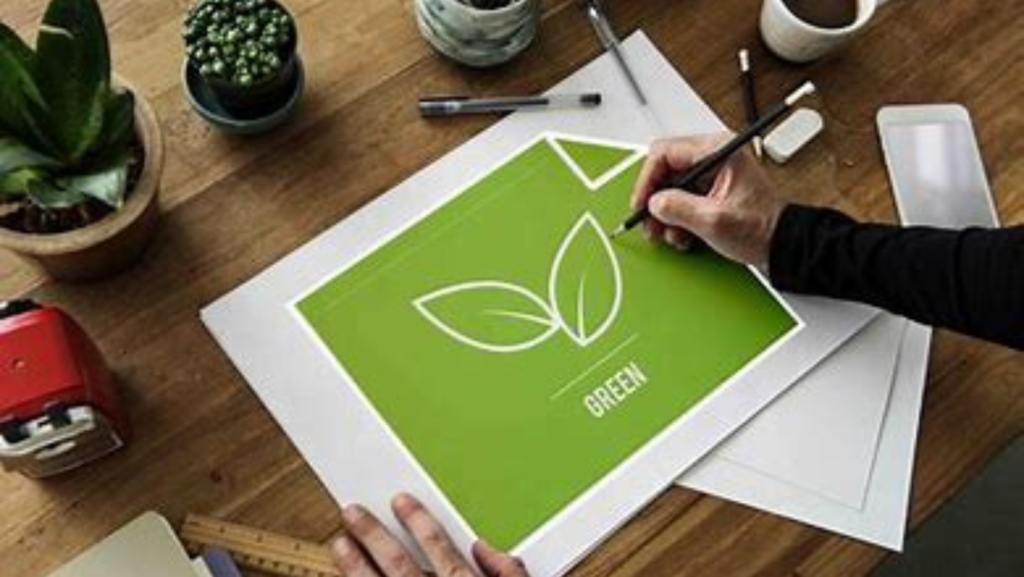
The research area of interaction design is concerned with how humans use technology. It can be applied to develop more sustainable, effective, and user-friendly systems. Utilizing interface design to develop long-term solutions has gained more attention in recent years.
As the globe grows more interconnected, it is crucial to think about how our actions affect the environment. In other words, there is a need for rethinking existing systems to equitably meet the needs of a growing global population while ensuring future environmental viability is a critical task for today’s society [1]. To achieve sustainable development, we must satisfy the requirements of the present without sacrificing the needs of the planet. Meeting current requirements without sacrificing the capacity of future generations to meet their own demands is necessary for sustainable development. This entails developing systems that are socially just, environmentally friendly [2], and commercially viable.
A vital part in achieving sustainable development goals can be played by interaction design. For instance, we may entice individuals to use public transportation instead of private vehicles by creating user-friendly interfaces. We can also help consumers conserve money and the environment by creating apps that encourage users to use less energy. Since sustainable design focuses on creating the future rather than just a structure, Sustainability is both a process and a product issue. Understanding design as a process enables designers to assess and foresee the financial, social, and economic consequences of building things more accurately [3].

Although designing for sustainability has many difficulties, it is a significant and rewarding field of employment. We can create solutions that will actually change the world in which we live with careful preparation and imagination.
To argue that our future is full of ambiguity and that there are few certainties about how we will live in the future is an understatement. However, there has never been a more crucial time to plan for a more sustainable future for people. That’s why creating an effective interaction design process for a more sustainable future should be taken seriously.
Interaction design will fully fulfill its goal which is to give users a positive experience while fostering connections with the digital environment. When designing with this concept in mind, one must concentrate on giving each element of their experience, including the surroundings, meaning. Designers must comprehend all the components of sustainability, from renewable energy sources to water conservation methods, in order to efficiently do this, and use those resources to develop practical solutions.
Empathy, which involves comprehending users’ needs and responding to them in a way that makes sense to them, is at the core of any successful interaction design process. To make sure their ideas are both usable and practical in the long run, designers must take into account the types of technology people currently have access to as well as those they may have in the future.
Designers must concentrate on developing strategies for progressively delivering improved user experiences after they have a clear grasp of the people they are trying to assist. To do this, fresh creative ideas can be informed by data gathered from numerous touchpoints across various platforms. This enables us to anticipate changing technological trends and ensures that our ideas will still be useful in the future.
When developing interaction design methodologies for a sustainable future, designers may equip people all over the world with resources that change the world by taking into account all these variables. Interactive designs can act as catalysts for social transformation by granting everyone access to the knowledge they need to pursue their aspirations and create a brighter future together, whether it be through the creation of opportunities for education or the provision of resources for food production.
References:
[1] Design For Sustainable Development (cambridge.org)
[2] Sustainable design: What it is, why it matters, and how you can get started – Article (intuit.com)
[3] Sustainable Design Is About Building the Future, Not Just a Structure (greenbuildingsolutions.org)
[4] Design for Sustainability: An Introduction | SpringerLink
[5] Guide to Sustainable Product Design: A Sustainability Roadmap for Manufacturers | PTC